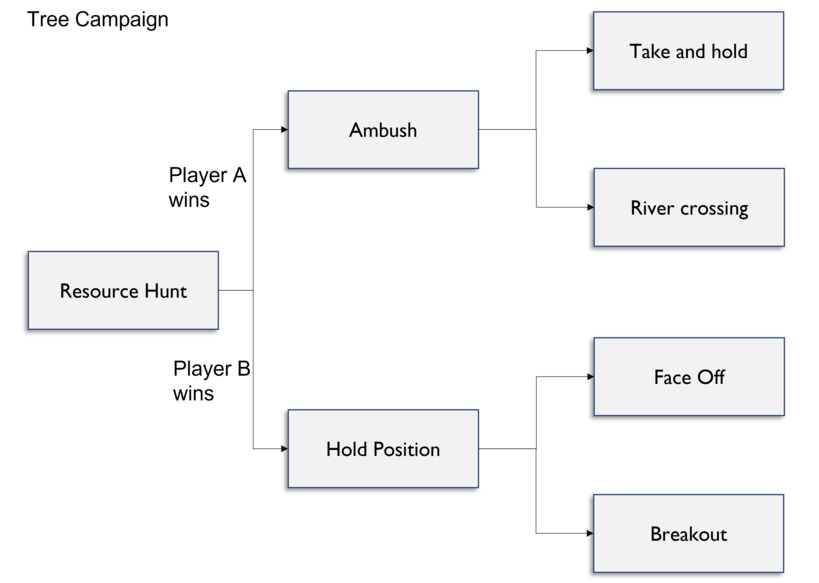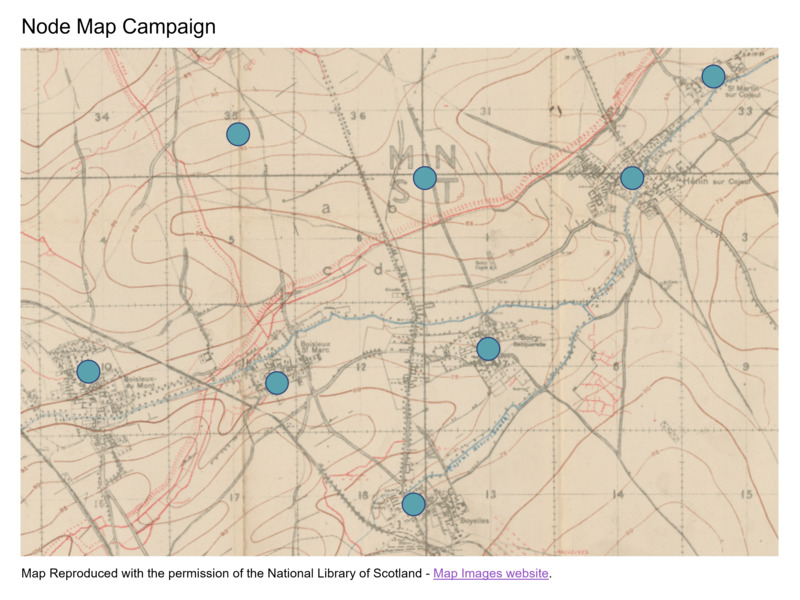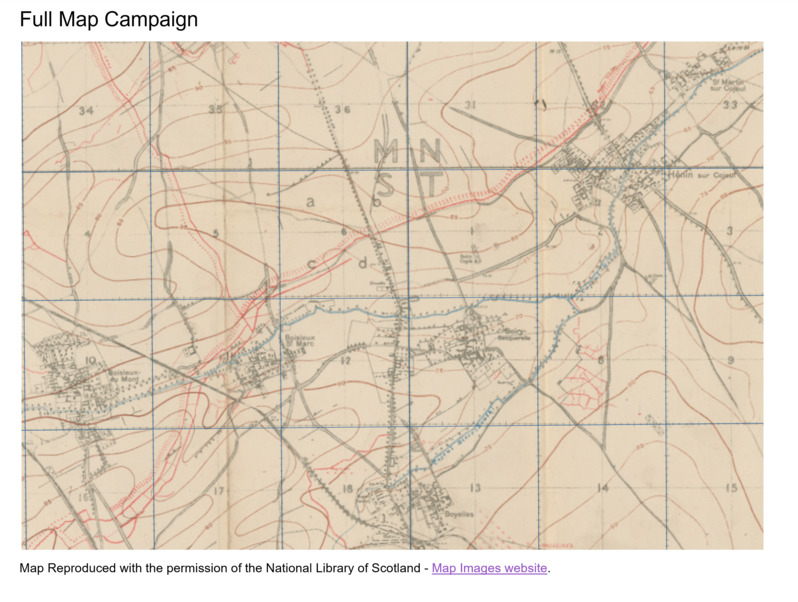Playing wargames as part of a campaign is a good way to make them more interesting and compelling. Setting up wargaming campaigns can seem intimidating, but thankfully there are some standard approaches that can be used.
This post describes some common ways wargaming campaigns are run as well as some examples where you can see how they work in more detail. Many of the examples in this post are for World War Two wargaming campaigns, but can be applied across pretty much any scale or setting.
Types of Campaign Structure
Simple Series Campaign

This is probably the simplest interpretation of a campaign. You identify scenarios you want to play through and the order you want to play them.
The winner of the campaign can just be the best two out of three games, or three out of five etc.
Although not that much different to playing a series of isolated games, joining the games into a series likes this will encourage a change of behaviour depending on the outcomes of the early games.
For example if Player A loses the first game of three, the pressure is on them to be more aggressive in game two to avoid losing overall.
Alternatively you could emphasize the narrative aspect of the campaign and play to tell a ‘story’ with your games.
Tree Campaign

The tree campaign is a extension of the simple series campaign. Rather than just playing in a set sequence, the path through the tree campaign depends on the result of each game.
Introducing this splitting introduces more narrative options, as well as more incentive for players to push for a win on one game to put them in a better position in later games.
You can define results for the tree campaign based on the individual game results. For example three wins out of three for Player A could be a decisive victory, whereas other combinations could result in a minor victory or even a draw.
Check out an example of a tree campaign
Read more about the idea behind tree campaigns
Ladder Campaign

The ladder campaign described here comes from the Too Fat Lardies “At the Sharp End” supplement and is another twist on the simple series campaign.
The ladder campaign extends the simple series to allow up/down movement along the ladder to simulate activity on a dynamic front line. Opposing forces are trying to push through to an objective inside the defensive line of the enemy.
The ladder campaign can be played as just a series of scenarios, but it can be more interesting to overlay the ladder on a real or simplified map, or even taking inspiration from historical battles.
Although the full ladder campaign runs the length of the ladder, it is also possible to run an abbreviated campaign with just a few of the rungs.
Check out an example of a ladder campaign
And a list of other campaigns for the Chain of Command system is here:
Read reviews of the ladder campaign system here, here and here.
Node Map Campaign

A node map is a good compromise between simpler approaches and a full map campaign. Rather than freedom to move anywhere on the map, players are restricted to movement between nodes.
The campaign-level objective could be total conquest of the map, taking and holding certain nodes.
“Campaign” Turns could be “You Go I Go”, or based on more of an initiative system where the winner of one game moves and is the attacker in the next game.
Full map Campaign

In a full map campaign players have much more freedom than other types of campaign. In practice the map used will need to be subdivided into a square/hex grid or regions.
As with a node-map campaign, campaign turns could be simple “You Go, I Go”, or based on initiative being with the winner of the previous game. Similarly, the campaign-level objective could be total conquest of the map, taking and holding certain regions.
What Happens Between Games?
Something you may want to consider to add more flavour to your campaigns is what happens between games.
For example you could introduce mechanisms to cover things like:
- Reinforcements – this could be a set amount for the winner or the loser, or based on random tables, or dependent on which scenario objectives are achieved
- Experience – such as giving any injured or successful units a chance to reach veteran status
Either way, you may also want to think about how you can use experience or reinforcements to account for any force size or player experience differences as the campaign progresses.
For example, using experience based on units taken out of action with a chance to ‘recover’ with more experience between games is likely to favour a player who is losing a lot against their opponent.